Back to: AGRICULTURAL SCIENCE JSS2
Welcome to class!
Last class, we discussed Animal Feed.
In today’s class, We will be discussing Classification of Livestock. Enjoy the class!
Farm animals are classified based on the following: Size, Habitat, Mammals, Non-mammal and their types of stomach.
Classification based on size: Farm animals are grouped into two. Large farm animals and small farm animals.
Large farm animals: Large farm animals are large in size, bigger and stronger than other farm animals. They can be used to perform specific work in the farm, such as helping to till the farm, transporting farmers and their farm yields. Large farm animals like castrated bulls, horses, camels and donkeys are very useful to farmers and agriculture generally. Milk, meat, bones, horns, hides and skin comes from this group of farm animals. These items are good raw materials; Examples are donkey, cattle, horse, goat, sheep, camel, pig etc.
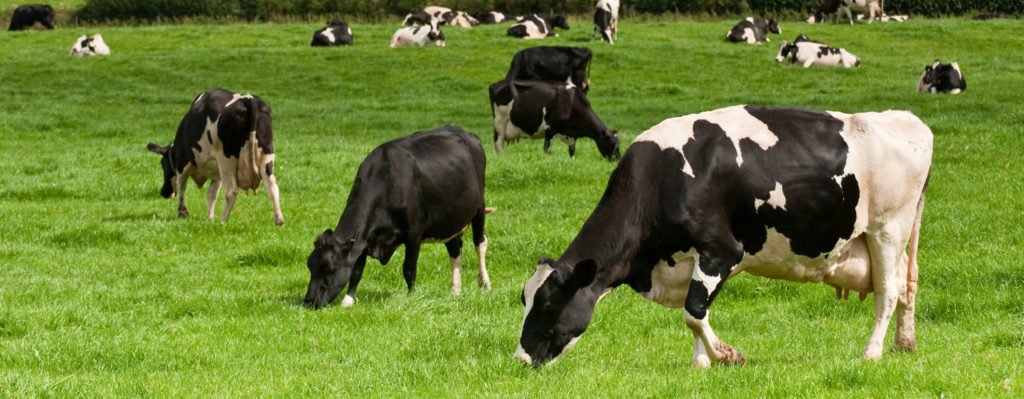

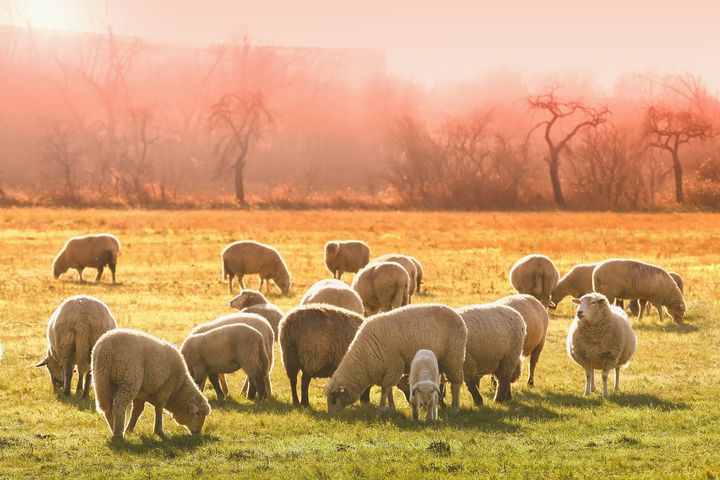
Small farm animals: These groups of farm animals are small in size and are useful also. Eggs, honey, fish, snail and chicken types of meat are gotten from small farm animals. The body coverage of small farm animals varies. Poultry is covered with feathers, fish with scales, and snail with shell, grass-cutters and bees with hairs. Examples are fish, snail, grass-cutter, rabbit, poultry (chicken, duck, turkey, guinea fowl, geese, pigeon, and parrot), honey bees etc.
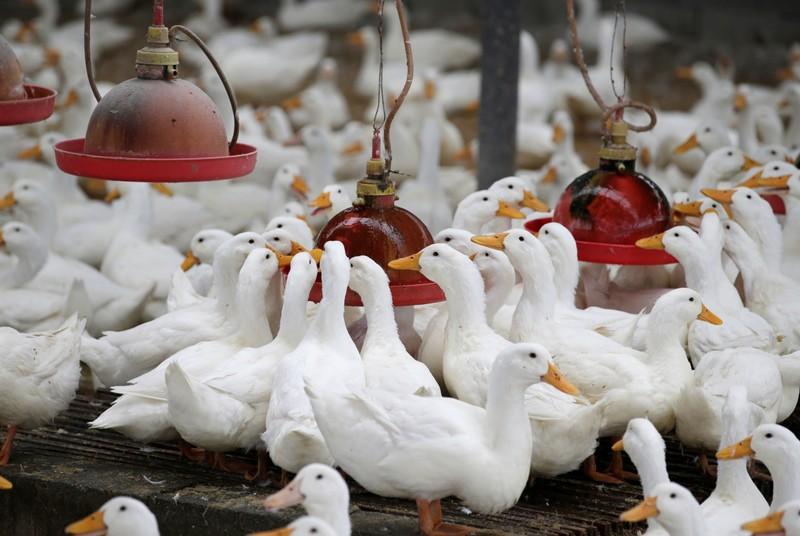
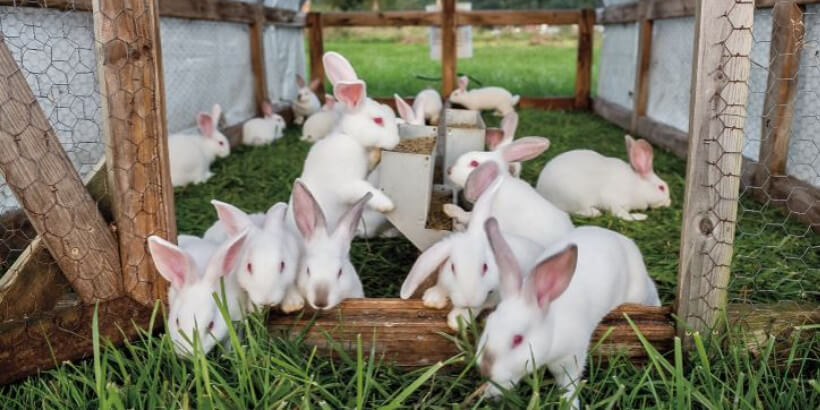
Classification based on habitat: Farm animals are classified into two categories of habitat. They are aquatic and terrestrial farm animals.
Aquatic farm animals: These are farm animals that live in water. They are cold blood because they live throughout their life span in water. Examples are fish, crabs, crayfish, prawn, shrimps, lobster etc.
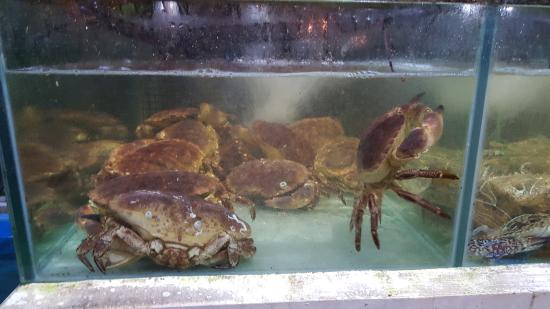
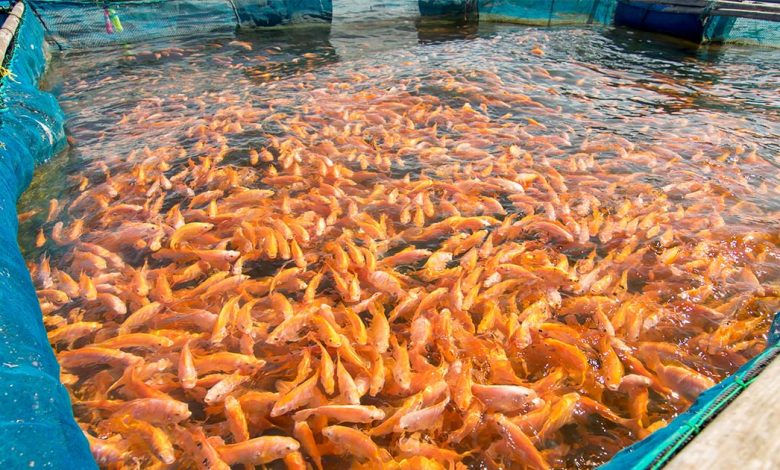
Terrestrial farm animals: Terrestrial refers to land. Thus, terrestrial animals are farm animals that live on land. Examples are sheep, goats, cattle, horses, poultry, pigs, snails, honeybees etc. Most farm animals live on land. Their bodies are covered with hair, feather, shell and they are warm-blooded. Land animals are divided into two, mammals and Non-mammals.
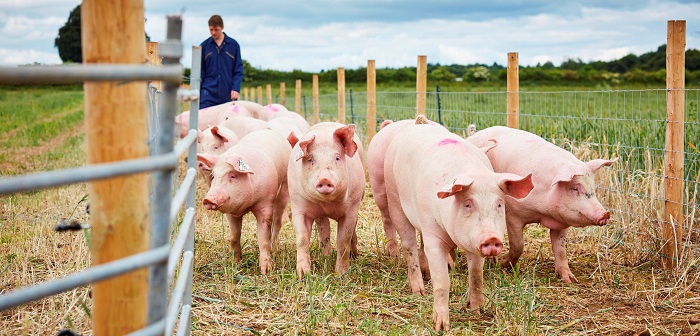
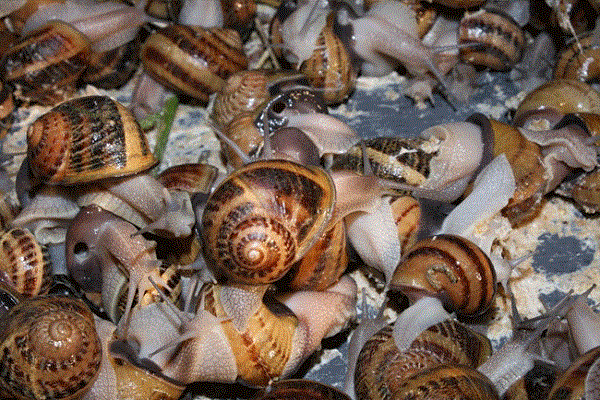
Classification based on mammal and Non-mammal farm animals and their type of stomachs.
(i) Mammal farm animals: These are farm animals that give birth to their young one alive and feed them with milk from their udder breast. Their bodies are covered with hairs and they are warm-blooded. Examples are goat, sheep, pig etc.


(ii) Non – mammal farm animals: They are farm animals that give birth to their young ones through egg-laying. Their bodies are covered with shells, scales and feathers. They are both warm and cold-blooded. Examples are poultry, fish, snail etc. Mammal and non-mammal farm animals are further divided into two ruminants and non-ruminants based on their types of the stomach.


We do hope you enjoyed the class? In our next class, we will be talking about Animal Feeding.
Should you have any further question, feel free to ask in the comment section below and trust us to respond as soon as possible.

what about type of stomach🤔
So educating I love this
Hi